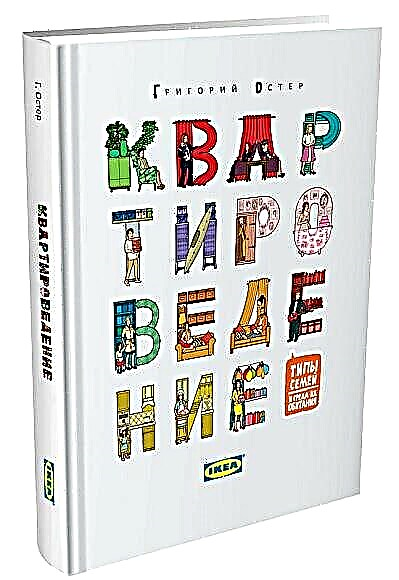The main difference between knitted fabrics from ordinary fabric is in the structure of the material, which provides unique properties of knitwear, its extensibility, elasticity, ductility and softness.

Knitted fabrics with elastane fibers are a special story. Elastane is added to their composition, which is able to stretch several times, and then return to its previous size. Thus, knitwear with elastane has exceptional stretchability and excellent elasticity. In addition, knitted fabrics with elastane are more durable, better preserve the shape of the product and the color of the material, almost do not wrinkle and do not require special care.
Sew knitwear: little tricks and tips
Our extra tips will help you understand the intricacies of working with knitted fabrics, which include elastane.
Extra Tips
● When cutting, pay attention to the direction of the hinge column: for finished knitted fabrics, like for manually knitted fabrics, it is vertical. Edges are earned along the canvas. The directional arrow of the shared thread on each detail of the paper pattern here shows the direction of the looped column.

● For fine knitwear, use a special Microtex needle (No. 60 or No. 70).

● Sew details with a narrow zigzag stitch (stitch length approx. 3 mm, stitch width 0.5–1 mm) or special elastic stitch (see instructions for your sewing machine). Of course, an overlock is perfect.
How to sew knitwear on a sewing machine: 5 ways
● On details of a cut from very soft canvases with large loops over the seam lines, an oblique trim is approx. 1 cm, cut from non-woven fabric G 785 or finished oblique inlay made of thin adhesive non-woven fabric (Vlieseline Formband).

To stabilize the seams, also use keeper (narrow cotton tape) or silicone tape. For example, in order to prevent stretching of the shoulder seams in the toe, they grind them down, placing a non-woven form band or a special narrow braid (flat narrow edging) under the line from the back side to strengthen them.
● Seam allowances and sections are sewn with a wide zigzag or overlock stitch, and if the section is stretched or fretted, you can grab a strong thread for sewing. Then the edge is pulled together to the desired length and ironed.
● If the cut is twisted, lay the elastic stitch at a distance of approx. 5 mm from him.
● The hem is adjusted with a double needle = 2 upper threads and 1 lower thread (from the right side - 2 parallel straight lines, from the wrong side - an elastic zigzag line).
Knit hem in knitwear
● Elastic knitwear made from natural fibers (cotton, wool, linen, viscose, silk) must be rolled before cutting.Soak in warm water, squeeze, wrinkling with your hands or in a towel, just do not twist! Dry the canvas in a straightened form. Then iron strictly along the hinge posts to avoid stretching the fabric.

● Most often, knitted fabrics with elastane fibers are bio-elastic materials with medium or high elasticity. Because of this property, it is recommended to take the pattern one or two sizes smaller, but only in width. It is not necessary to reduce the length of the pattern, because when stretched in width, the product will "bounce" upward and become slightly shorter. To avoid marking, cut out all the parts with the same allowances. Make notches instead of marks.
Photo: Julia Dekanova; fabric photo: rijstextiles.com



